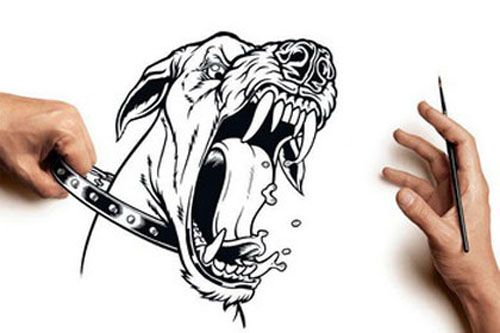|
|
Optical Illusion By Michael Kay
|
1. Ambiguous illusions are pictures or objects that elicit a perceptual 'switch' between the alternative interpretations. The Necker cube is a well known example; another instance is the Rubin vase.
2. Distorting or geometrical-optical illusions are characterized by distortions of size, length, position or curvature. A striking example is the Café wall illusion. Other examples is the famous Müller-Lyer illusion and Ponzo illusion.
3. Paradox illusions are generated by objects that are paradoxical or impossible, such as the Penrose triangle or impossible staircases seen, for example, in M. C. Escher's Ascending and Descending and Waterfall. The triangle is an illusion dependent on a cognitive misunderstanding that adjacent edges must join.
4. Fictions are when a figure is perceived even though it is not in the stimulus.
|
|









